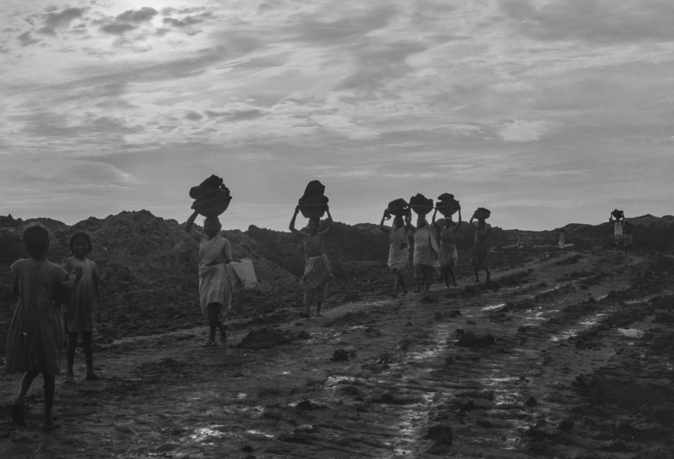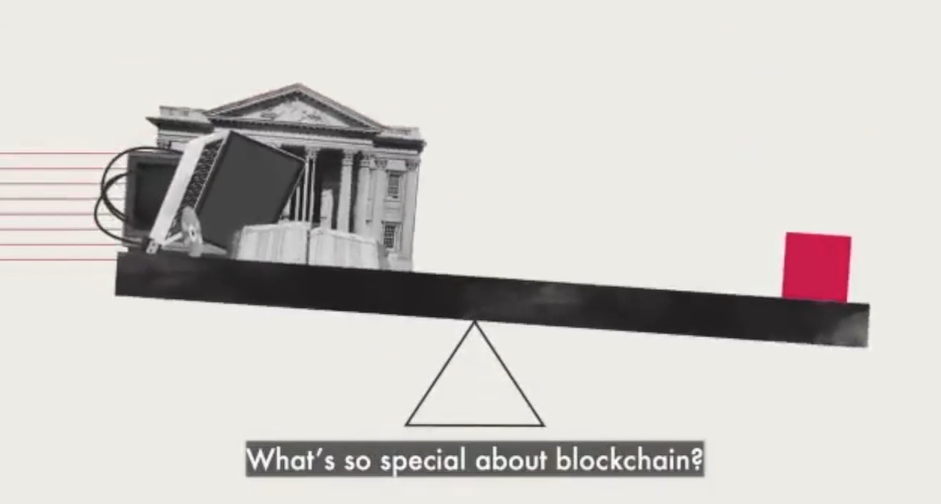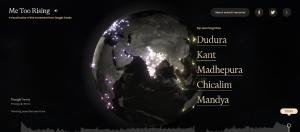1. Currency of Trust
Omidyar Network, May 2017
Despite the unprecedented level of low-cost access to basic formal financial services, sustained usage of these services has been limited and several consumer segments remain underserved.
In order for this to change, service providers need to offer services that are simple, as good as cash, easy on data plans and compatible with feature phones.
In this report, Omidyar Network “brings the voice of the consumer to the forefront of the discussion around adoption and usage of digital financial services in India, in the hopes that a deeper understanding of consumer behaviors and aspirations will help unlock higher usage and provide services that are more relevant to consumers’ real needs.”
2. What were you wearing?
Tracey Ullman’s Show, BBC, March 2017
The way law enforcement deals with reports of sexual assault is inane. And this video by BBC aims to highlight just that.
By placing a familiar conversation about sexual assault in the context of a robbery, this intelligent spoof points to the absurd manner in which law enforcement authorities often talk to (blame) survivors.
Robbery and rape are vastly different crimes. By drawing parallels between the two this BBC video mocks the system’s insensitive, “are you sure you did not ask for it?” approach towards sexual assault survivors.
3. 2.5 Years On, Swachh Bharat Mission’s Claims Remain Unverified
Swagata Yadavar, Indiaspend, May 2017
The Indiaspend report takes a closer look at the numbers behind the Swachh Bharat Mission.
While there has been some progress, with states such as Himachal Pradesh, Sikkim and Kerala having achieved 100 percent open defecation-free status, there has been no independent monitoring of results. A whopping 98 percent of the programme’s 2016-17 funds was spent on constructing toilets in individual households. On the other hand, information, education and communication—widely regarded as fundamental to behaviour change—received only 1 percent of the funds.
The article highlights the lack of third-party verification and absence of reliable beneficiary data, among other causes for concern on the biggest clean-up drive of our times.
4. Visible Work, Invisible Women
People’s Archive of Rural India, February 2015.
These are the stories of India that rarely get told, read or seen: the stories of rural women, whose work is valued even whilst they are not.
Comprising a series of photographs taken by award-winning journalist and photojournalist P Sainath over a nine-year period, across 10 Indian states, this visual montage, accompanied by text, poignantly captures the contribution rural women make to India’s economy.
For instance, 81 percent of all Indian women workers are cultivators, labourers, forest produce collectors and small livestock handlers. They spend a lifetime literally bending over their work, risking their own as well their unborn and newborn children’s health. Sainath’s exhibit offers a window into their reality.
It also highlights the strong, entrenched linkages between the work of these women and oppressive practices such as bonded labour and manual scavenging.
5. The 5 Whys
Harvard Business Review, February 2012
Given that problems in the development space are complex and interlinked, it is important that we are attempting to solve the right ones. How do we make sure that the solutions we are building address the root cause and not just superficial, proximate ones?
In this video, Eric Ries talks about asking the WHY question five times to get to the core of the issue.






